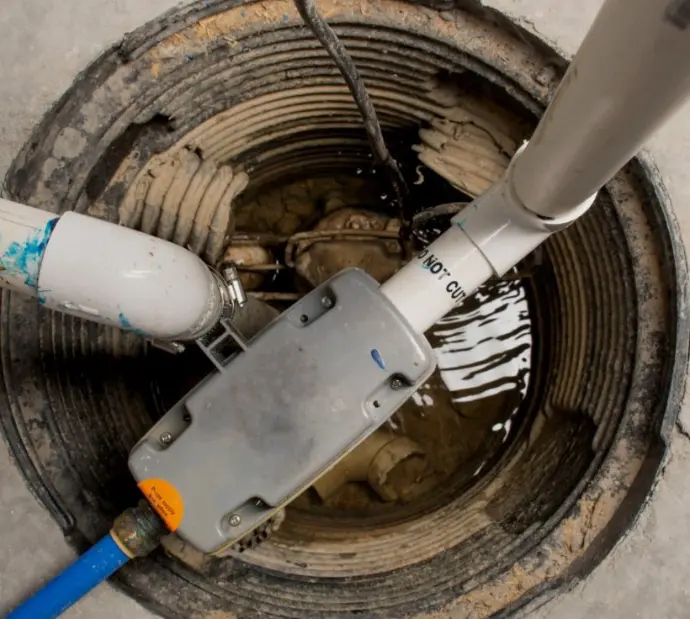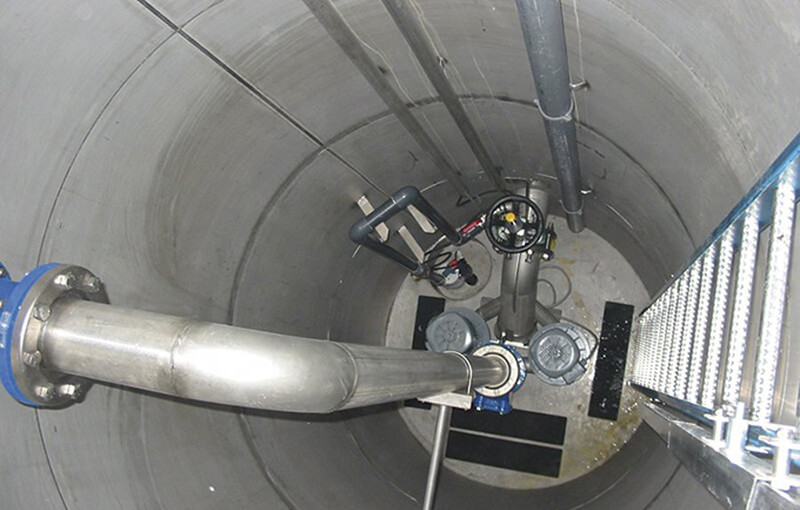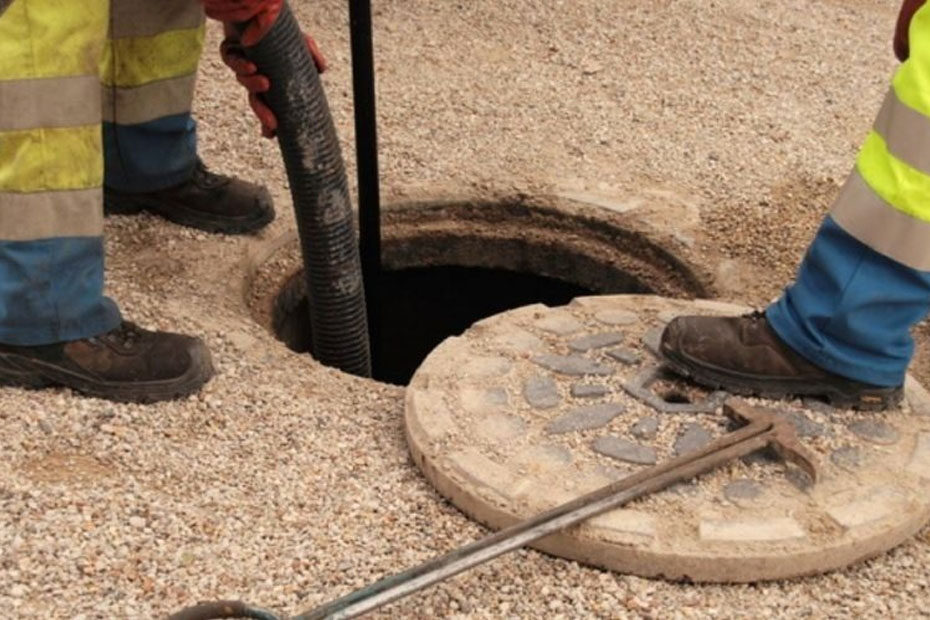Sump Pit, Lift Station Tank and
Sewage Tank Cleaning Services
Prevent Overflow. Ensure
Efficiency. Maintain Hygiene
At Redspot Group,
we provide professional Sump Pit Tank, Lift Station Tank & Sewage Tank Cleaning
Services to ensure efficient wastewater management and prevent blockages, overflows,
and system failures. These systems play a critical role in
water drainage and sewage transport, requiring regular maintenance to avoid
operational issues. Our specialized cleaning solutions remove sludge,
grease, and solid waste, ensuring smooth operation and
compliance with municipal and environmental regulations.
Understanding Sump Pits, Lift Station Tanks & Sewage Tanks
Sump Pit
A sump pit is a shallow basin that collects groundwater, storm water, or excess drainage from low-lying areas to prevent flooding. The water is then pumped out using a sump pump to prevent structural damage and waterlogging.
- Common in basements, storm drains, and flood-prone areas
- Handles mostly clean or storm water with minimal solids
- Requires sediment and debris removal to prevent clogging

Lift Station Tank
A lift station tank is a larger underground tank used to collect and pump sewage or wastewater from lower elevations to a treatment facility or main sewer line. Due to the accumulation of grease, sludge, and solids, routine cleaning is necessary to prevent pump failures and sewage backups.
- Common in municipal wastewater systems and commercial buildings
- Handles raw sewage, grease, and wastewater solids
- Requires sludge, grease, and solid waste removal

Sewage Tank
A sewage tank is a large underground or above-ground tank designed to store and process raw sewage and wastewater before treatment or disposal. Without regular cleaning, sewage tanks can experience blockages, bacterial growth, and odor issues.
- Common in wastewater treatment facilities, hotels, and commercial buildings
- Handles raw sewage, solid waste, and biological sludge
- Requires removal of sludge, solid waste, and bacterial contaminants

Benefits of Sump Pit, Lift Station Tank & Sewage Tank Cleaning
- Prevents System Overflows & Blockages – Eliminates grease, debris, and sludge buildup that can clog pumps and pipelines.
- Reduces Odors & Bacterial Growth – Keeps the system sanitary and odor-free.
- Ensures Pump Efficiency & Longevity – Regular cleaning reduces wear and tear, extending equipment life.
- Complies with Municipality & Environmental Regulations – Avoids fines and ensures safe wastewater management.
- Improves Overall Wastewater Flow & Drainage – Maintains optimal system performance and reduces emergency maintenance costs.
Step-by-Step Cleaning Process
1. Pre-Cleaning Inspections & System Assessment
- Evaluate waste accumulation levels and system functionality.
- Identify potential clogs, grease buildup, or mechanical issues.
2. Wastewater Removal & Solid Waste Extraction
- Use vacuum trucks and suction pumps to extract standing wastewater.
- Remove sludge, sediment, grease, and solid waste from the sump pit, lift station, or sewage tank.
3. High-Pressure Jet Cleaning & Grease Removal
- Apply high-pressure water jetting to clean pump wells, walls, and pipelines.
- Use
biodegradable
degreasers to break down grease and organic matter.
4. Pump & Equipment Inspection
- Check pumps, valves, and float switches for proper functionality.
- Recommend repairs or replacements if necessary.
5. Final Rinsing & Disinfection
- Rinse and sanitize the system with eco-friendly disinfectants.
- Ensure proper drainage and restore system operation.
6. Compliance Reporting & Certification
- Conduct a final quality check and operational test.
- Provide a service report and compliance certification for regulatory purposes.
Importance of Regular Sump Pit, Lift Station Tank & Sewage Tack Cleaning
- Prevents System Failures & Emergency Shutdowns – Avoid costly repairs and downtime.
- Ensures Efficient Wastewater Flow – Maintains proper drainage and pumping capacity.
- Reduces Environmental & Health Risks – Prevents sewage backups, contamination, and odor issues.
- Mandatory Compliance with Local Regulations – Meets Dubai Municipality wastewater disposal standards.
- Extends Equipment Lifespan – Reduces mechanical stress on pumps and lift station components.
Recommended Cleaning Frequency
as per Municipality & Industry
Standards
- High-Use Commercial & Industrial Lift Stations → Every 3 to 6 months
- Residential & Small Facility Sump Pits → Every 6 months to 1 year
- Grease-Prone Environments (Restaurants, Food Processing Facilities) → Quarterly Cleaning
- Sewage Tanks in Commercial & Industrial Settings → Every 6 months to prevent sludge buildup
- Sump Pits in Flood-Prone Areas → Before & after rainy seasons
Why Choose Redspot
- Municipality-Approved Wastewater Cleaning Services – Ensuring compliance with health & safety regulations.
- Advanced Vacuum & Jet Cleaning Equipment – High-performance suction and jetting technology.
- Certified Technicians & Waste Management Experts – Skilled professionals in safe sump pit, lift station, and sewage tank maintenance.
- Eco-Friendly & Chemical-Free Sanitization – Using biodegradable cleaners and safe wastewater disposal methods.
- Custom Maintenance Plans – Flexible scheduled cleaning and emergency services available.
- Comprehensive
Documentation – Official service reports for regulatory
compliance and audits.
Prevent Costly Failures
Book Your Sump Pit, Lift Station Tank & Sewage Tank Cleaning Service Today!